Background
The Western States 100 is a 100-mile foot race that takes place on a strenuous course along the Sierra Nevada mountains in Northern California, with an elevation gain of 18,090 feet. The start line is at the base of the Squaw Valley ski resort (famous for hosting the 1960 Winter Olympics) and ends on a high school track in Auburn, California.
The race originated from the Western States Trail Ride, which was completed by seven soldiers in 1972, showing the world that the course could be hiked in less than two days. Two years later the course was first run in under 24 hours by Gordy Ainsleigh with a finish time of 23:42, proving that the route could be completed in one day. In 1977 the Inaugural Western States Endurance Run was held with 16 runners at the start line, but only three of them finished. 30 out of 63 runners finished the race in 1978, and the event continued to grow after that.
With the event gaining popularity, in 1981 a lottery system was created due to the limited amount of 369 participants allowed every year. However, “Golden Tickets” could be won at other qualifying races, giving the runner an automatic entry, along with the top 10 finishers from the previous year.
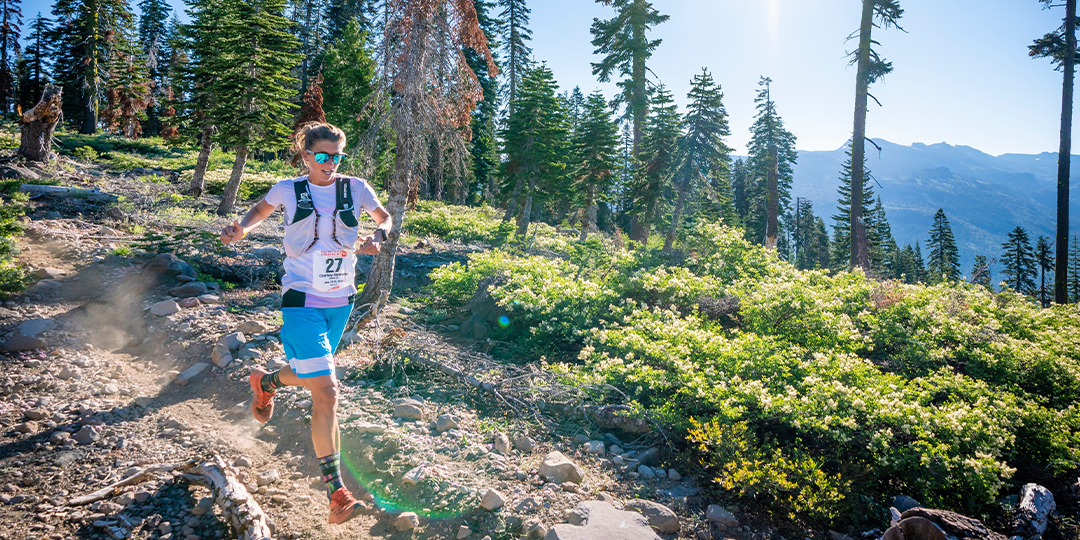

Photo by Paul Nelson
Course Description
The same route has been used since 1986 and consists of six main sections:
1. The Wilderness - The first four miles of the course has a 2,500 foot climb from Olympic Valley, through Emigrant pass and the Granite Chief Wilderness Area. This section is full of forest-like terrain, is above 7,000 feet and has been known in the past to be completely covered in snow.
2. The Canyons - After the Wilderness, runners climb to the top of Little Bald Mountain before descending 1,043 feet. The trail then becomes fire roads and goes through a ghost town called Last Chance. This is where The Canyons begins, the most rugged 13 mile section. The course drops and ascends, drops and ascends again, with high temps usually around 100 degrees.
3. The Divide - A small but difficult section before runners hit pavement again around Foresthill. The route then turns into remote wilderness again, with a 16 mile descent to the American River Canyon. Heat can still be a challenge during this part, depending on the weather and time of day the runner reaches this point.
4. Rucky Chucky Crossing - In our opinion, the segment with the best name. This is where the trail actually crosses the American River, below Class 6 rapids. (Class 6 is considered extreme and exploratory and is rarely attempted due to the difficulty and danger). A cable runs through the river crossing to assist participants with a safer water crossing. In the past, if the water was really high, boats were used to transport the runners.
5. Darkness - The trail climbs up another canyon, follows Auburn Lake Trails, drops, climbs, then crosses Highway 49. Although this portion of the trail is considered easier than the others, it is run at night and when the runners are the most fatigued.
6. No Hands and a Climb to the Finish - After crossing the highway, runners pass through oaks and grasses then descends one last time into the canyon. Crossing the American River via the historic No Hands Bridge, gives this section it’s name. The final climb of the race is up to Robie Point, just outside of Auburn. The final stretch is pavement once again and circling the track at Auburn Placer High School.
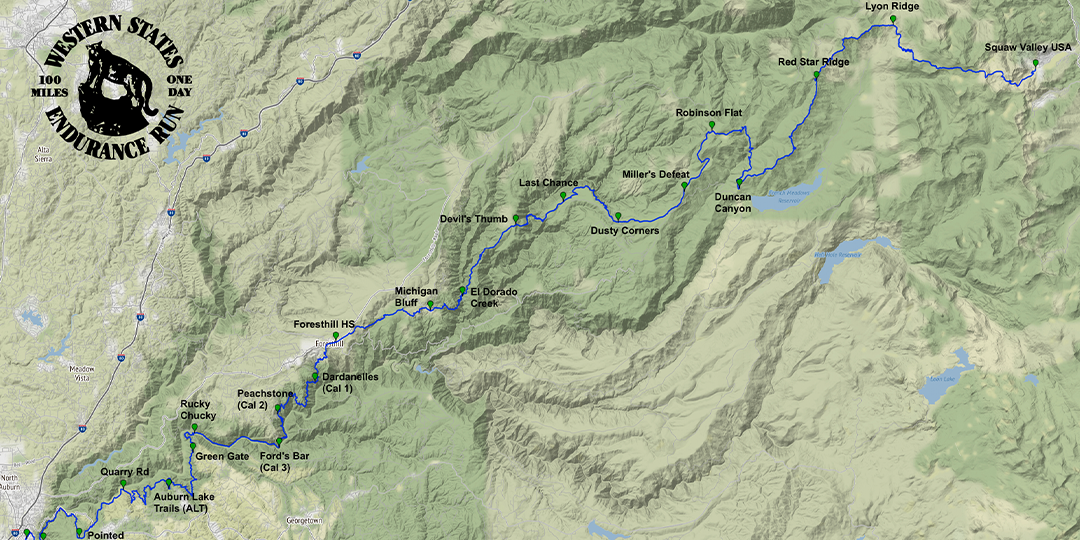

Past Winners and Finishers
The Western States is known to ultra runners as the “crown jewels” of races and brings in top elite athletes from all over the world, as well as being an ultra dream for runners of all levels to participate. Injinji is proud to have some of their athletes win this race in the past such as Anita Ortiz (2009), Pam Smith (2013), Andrew Miller (2016), and Courtney Dauwalter (2018). Top 10 Finishers include Meghan Canfield (10x), Jeff Browning (4x), and Amy Sproston (4x). Additionally, athletes Angela Shartel and Michael Wardian have completed this race as well.
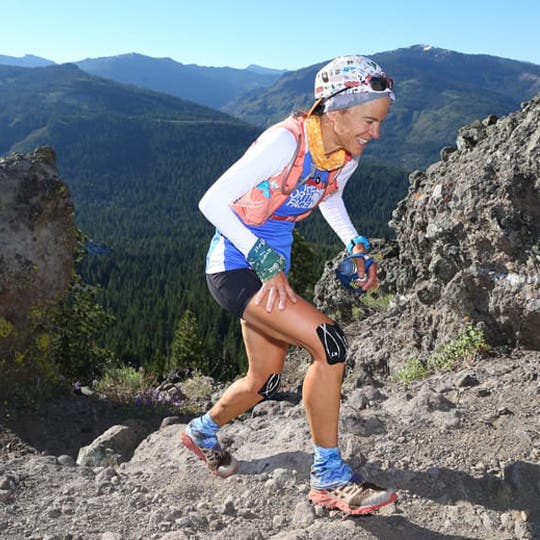

Anita Ortiz (2009)
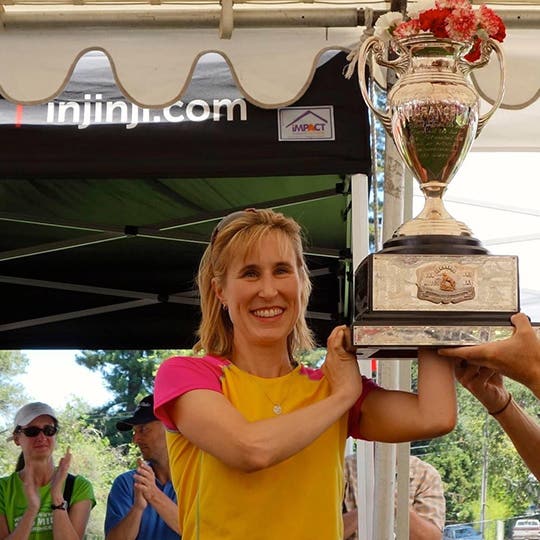

Pam Smith (2013)
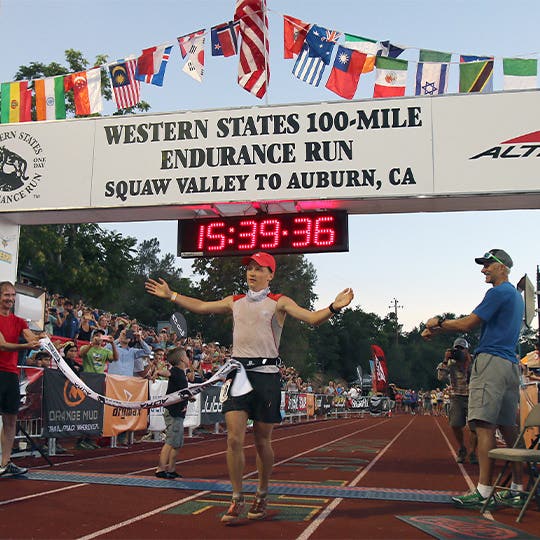

Andrew Miller (2016)
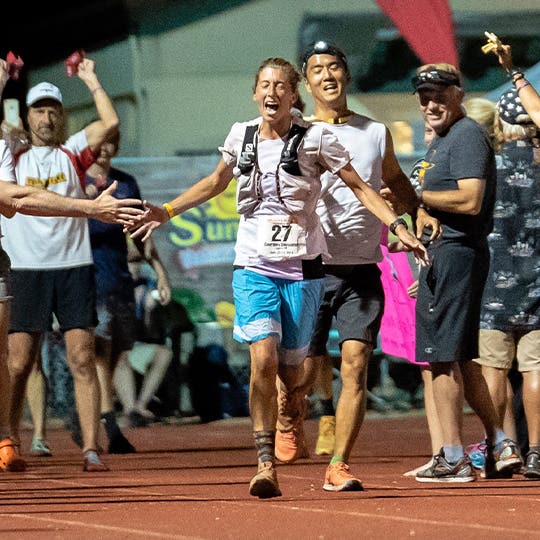

Courtney Dauwalter (2018) (Photo by Paul Nelson)
2021 Update
The Race Directors still plan on holding the 48th Annual Western States 100-Mile Endurance Run June 26th-27th, 2021. With less than 400 runners spread over a 100 mile section, this event is relatively small compared to others, giving lots of optimism that the event will be allowed. Covid-19 modifications will take place for safety with more information being released closer to race day. We look forward to seeing the runners, including our own Jeff Browning, toe the line in June with some of the top athletes in this sport.
Survey results show that Injinji has been the top choice of socks for Western States entrants year over year with the most popular styles being our Trail Midweight Crew and Liner + Runner.








